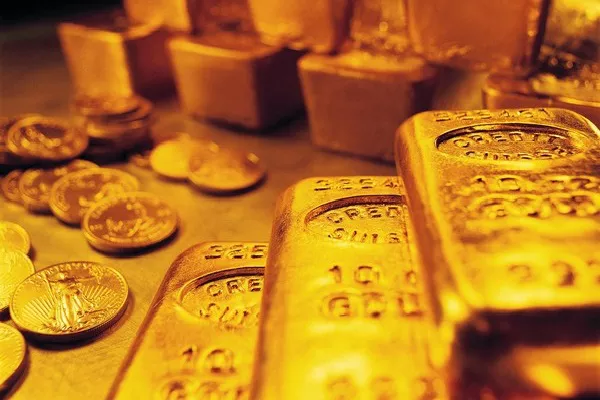Global economic instability faces off with geopolitical uncertainty as gold prices find themselves at a critical juncture. Investors are closely monitoring the ongoing violence in the Middle East and the likelihood of a U.S. rate hike, creating a delicate balancing act in the precious metal market.
In recent days, gold prices have seen a resurgence, driven by escalating tensions between Israeli forces and Hamas in the Middle East. The uncertainty surrounding this conflict has once again positioned gold as a preferred safe haven for investors seeking refuge from the storm of geopolitical unrest. As a result, gold prices surged by more than 1%, reclaiming their status as a reliable shelter for capital in times of crisis.
As of 05:36 GMT, Gold (XAU/USD) is trading at $1849.78, marking a gain of $1.77 or +0.10%. December Comex Gold futures have climbed to $1864.10, up $18.90 or +1.02%.
However, the gold rally faces a ceiling due to robust U.S. economic indicators. A remarkably strong jobs report, showcasing an impressive 336,000 job growth in September, surpassed market expectations and solidified the Federal Reserve’s commitment to maintaining its monetary tightening strategy. This scenario, coupled with rising Treasury yields, has cast a shadow over the allure of gold as an investment.
The robust jobs data has ignited speculations of a potential rate hike by the Federal Reserve, thereby increasing the opportunity cost of holding gold. This sentiment is supported by CME FedWatch, which suggests a 29% likelihood of another Federal Reserve rate hike later this year. Additionally, holdings in the SPDR Gold Trust, the largest gold-backed ETF, have seen a slight decline, signaling investor caution in the face of conflicting market forces.
Looking ahead, the short-term outlook for gold remains cautiously optimistic. The tug-of-war between geopolitical risks and strong U.S. economic data is likely to keep the gold market in a state of measured volatility.
Currently, Gold (XAU/USD) is trading at 1851.94, positioned below both the 200-Day and 50-Day moving averages, reflecting a bearish sentiment. The commodity also lingers below the minor and main support levels, indicating a relatively weak position.
Despite a recent uptick from the previous daily price of 1832.04, gold faces resistance at 1917.97, further constrained by the 50-Day moving average at 1905.58. Breaking through these barriers would require surmounting the minor resistance at 1926.25 and the 200-Day moving average at 1928.15 for any hope of a bullish reversal. However, based on current market indicators, sentiment remains skewed towards a bearish outlook.
Gold traders must remain vigilant, carefully weighing the impacts of escalating conflicts in the Middle East against the backdrop of a strong U.S. economy. The delicate equilibrium between these factors will continue to shape the future trajectory of gold prices in the coming weeks.

